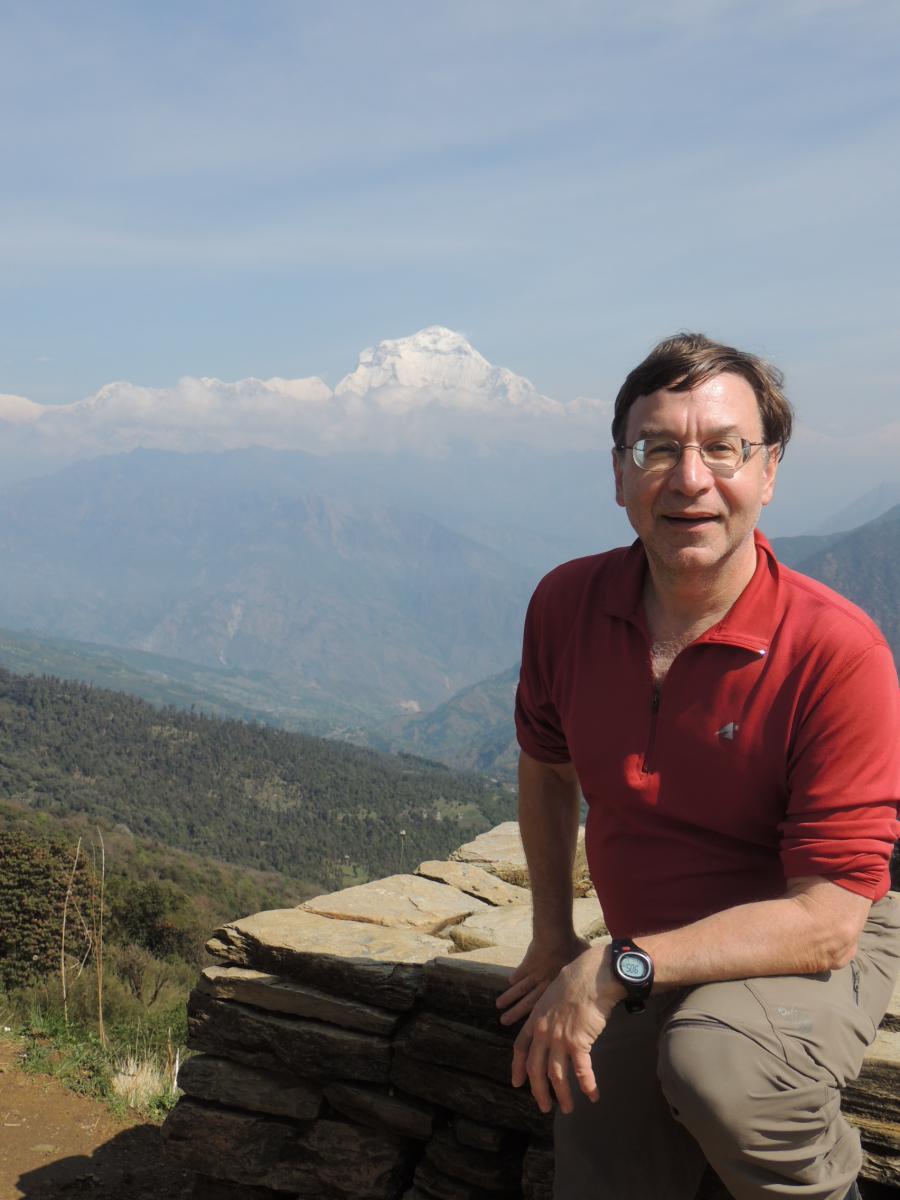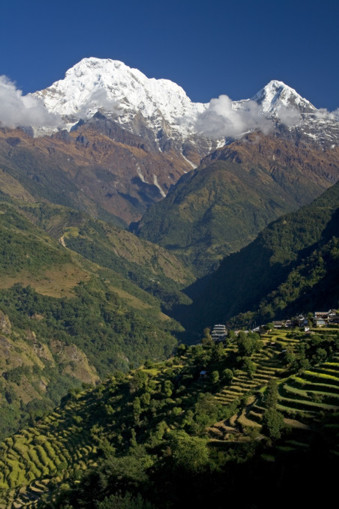In May of 2012 Outdoor Action and the Princeton Journeys office co-sponsored a 12-day trekking adventure in the Annapurna Sanctuary in the Nepal Himalayas. Come and relive this great advnture with is and look for more great alumni trips with Outdoor Action.

Trekking Nepal: Rocks and Docs in the Annapurna Sanctuary
May 5-22, 2012
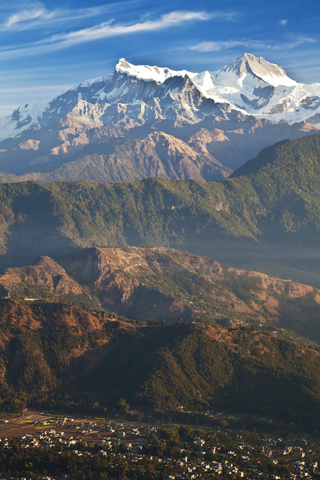 Princeton Journeys is proud to partner with Outdoor Action offering active travelers the chance to explore the majesty of the Himalayas and to learn about the challenges inherent at high‐altitudes and the geology of this amazing landscape. On this unique Nepal trek, join father‐son team Robert 'Brownie' Schoene '68, a world expert in high altitude physiology and medicine, and Blair Schoene, Assistant Professor Geosciences at Princeton along with Rick Curtis '79, Director of the Outdoor Action Program.
Princeton Journeys is proud to partner with Outdoor Action offering active travelers the chance to explore the majesty of the Himalayas and to learn about the challenges inherent at high‐altitudes and the geology of this amazing landscape. On this unique Nepal trek, join father‐son team Robert 'Brownie' Schoene '68, a world expert in high altitude physiology and medicine, and Blair Schoene, Assistant Professor Geosciences at Princeton along with Rick Curtis '79, Director of the Outdoor Action Program.
The Annapurna Sanctuary trek is one of the classic treks in the Himalayas and a great trek for the novice or intermediate hiker. Starting in lowland villages this non‐technical hike winds through thick forests of bamboo, rhododendron and oak into higher elevations and while the trek itself attains maximum elevation of only 13,550 feet, it offers outstanding views of one of the most spectacular mountain ranges in the world and a unique opportunity to immerse yourself in the Himalayan peaks and the culture of Nepal. Travelers should expect 4‐6 hours of hiking a day carrying a 10‐15 pound pack. The trails themselves are moderate but at these altitudes hiking will feel more strenuous so everyone should be in good physical shape.
After exploring in Kathmandu for a day, fly to Pokhara and begin the trek. The trail climbs through lush subtropical forests and farming villages as it winds its way along the Modi Khola river valley. Take in the panoramic vistas of Mt. Dhalagiri, Annapurna II, and the Himchuli Himalsas you pass through the villages of the Gurung people of Nepal. While in the Sanctuary, take a hike to the Annapurna South Base Camp at 13,550 feet, below the near‐vertical south face of Annapurna towering more than 10,000 feet above base camp. Return to Pokara for flights back to Kathmandu and homeward.
On this Journey, Blair will provide the overview of mountain formation and give all trekkers a perspective on the amazing geology that will surround them on the trek. Brownie will be conducting daily medical seminars on the physiology of high altitude in wilderness medicine, covering topics such as adaptation, high altitude illnesses, extreme altitude, high altitude natives, exercise and training, hypothermia, and expedition medicine, to name a few. Continuing Medical Education units (CMEs) will be offered through the Wilderness Medical Society for physicians and healthcare professionals.
Come Adventure With Us!
Here are some highlights from this fantastic trip.
Itinerary at a Glance
Saturday, May 5
Depart the U.S. on flights to Kathmandu, Nepal. Cross the International Date Line for arrival on Monday morning.
Monday, May 7
Arrive at Kathmandu airport and transfer to the group's hotel. Relax and begin acclimatization through a pre‐trek briefing and welcome dinner.
Overnight: Yak n Yeti (D)
Tuesday, May 8
Spend the day seeing the wonders of Kathmandu. Overnight: Yak n Yeti (B, D)
Wednesday, May 9 – Saturday, May 19
Spend eleven nights on the trail, with porters, cook, and guide. Breakfast, lunch, and dinner are included each day and prepared for you throughout the trek.
- Day 1: Fly to Pokhara and take an auto‐transfer to New Bridge to start the trek to Ulleri (1960m)
- Day 2: Ulleri to Ghorepani (2600m)
- Day 3: Ghorepani to Tadapani (2630m); see the amazing views from Poonhill (3193m).
- Day 4: Tadapani to Ghandrung (1940m)
- Day 5: Ghandrung to Chomrung (2170m)
- Day 6: Chomrung to Bambu (2310m)
- Day 7: Bambu to Dheurali (3230m)
- Day 8: Dheurali to Annapurna Base Camp (4130m)
- Day 9: Annapurna Base Camp, by way of the Machhapuchhre Base Camp (3700m), to Himalaya Hotel (2920m)
- Day 10: Himalaya Hotel to Chomrung (2050m)
- Day 11: Chomrung to Pothana (1990m)
Sunday, May 20
One last morning on the trail leads from Pothana to Pokhara, where the group will transfer to a hotel and freshen up before a celebratory farewell dinner. Pokhara Hotel (B,L,D)
Monday, May 21
In the morning, travel overland by auto from Pokhara to Kathmandu to connect to flights homeward.
Tuesday, May 22
Most flight connections arrive in the U.S. on Tuesday.
About the Study Leaders
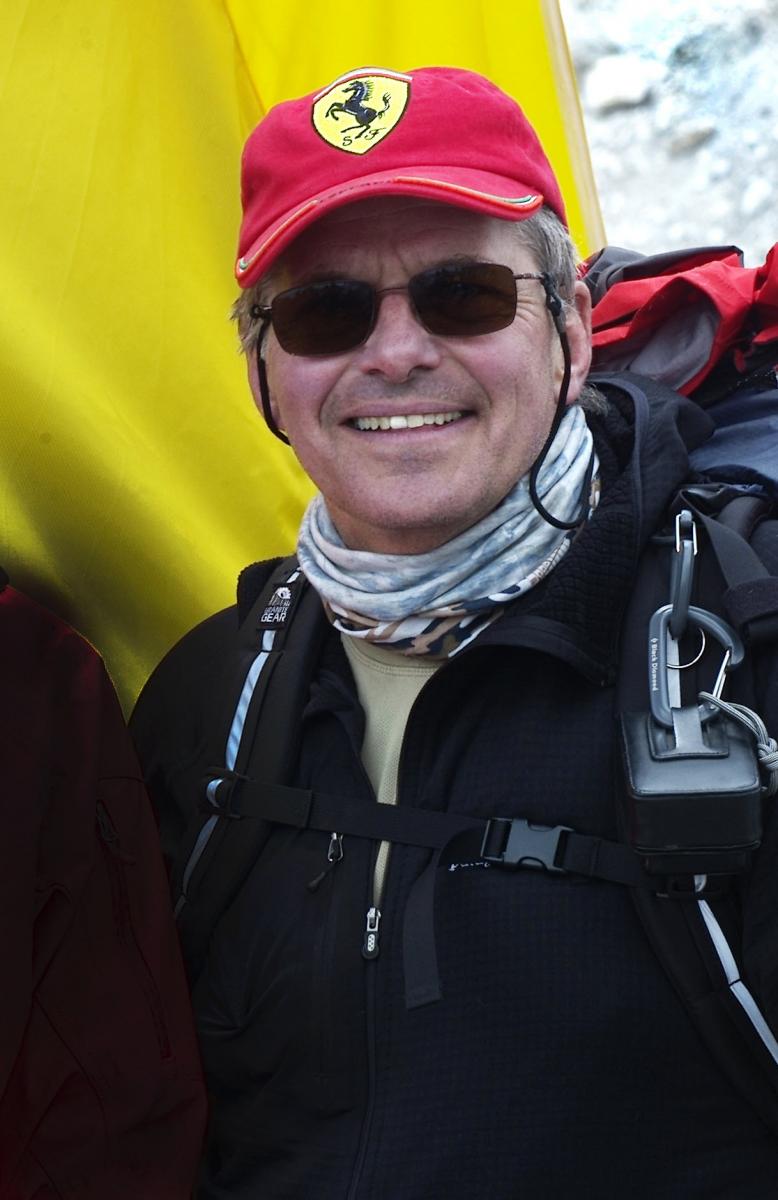
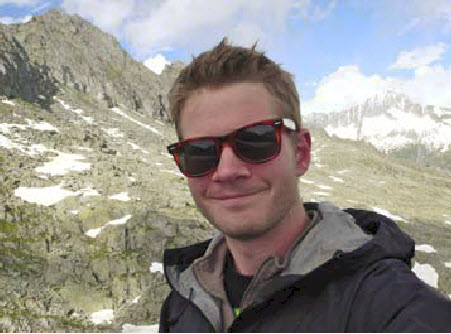 Blair Schoene has been on the faculty in the Department of Geosciences at Princeton since the fall of 2009. He finished his PhD at the Massachusetts Institute of Technology in 2006, where he studied plate tectonic and mountain building processes in a 3.6 billion year old Southern African continent. While doing a three‐year postdoc in Geneva, Switzerland, he studied mass extinction events in Earth history and their
Blair Schoene has been on the faculty in the Department of Geosciences at Princeton since the fall of 2009. He finished his PhD at the Massachusetts Institute of Technology in 2006, where he studied plate tectonic and mountain building processes in a 3.6 billion year old Southern African continent. While doing a three‐year postdoc in Geneva, Switzerland, he studied mass extinction events in Earth history and their
relationship to volcanic events and magmatic processes and spent lots of time exploring the Alps.
